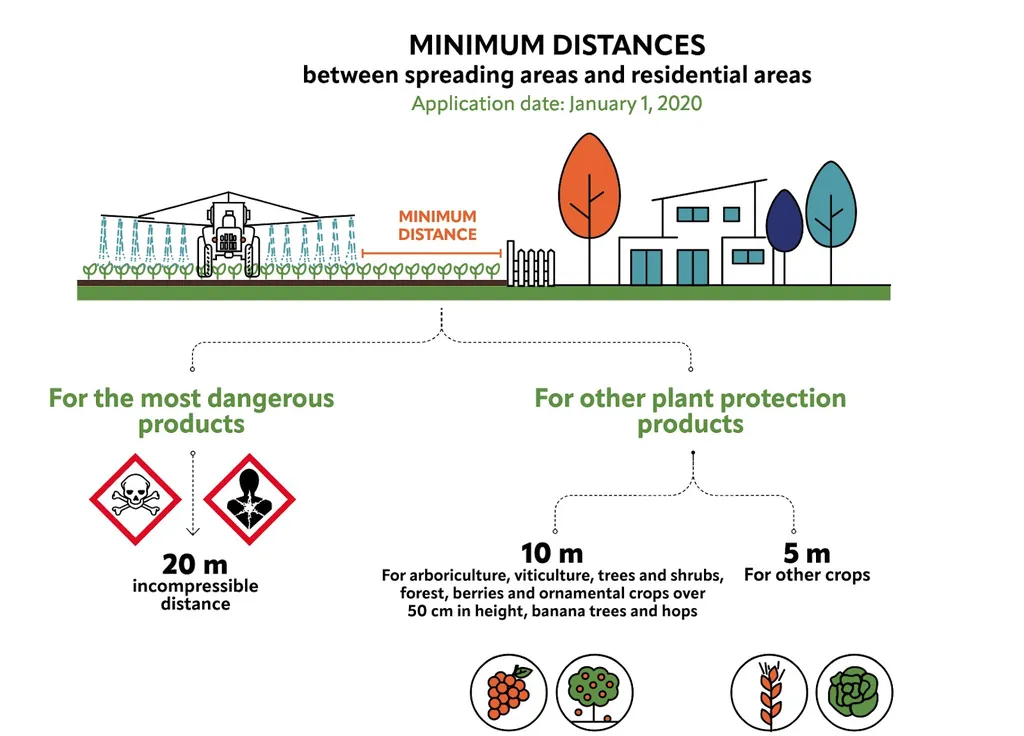In the heart of Romania, researchers are tackling a pressing issue that resonates across the globe: pesticide pollution caused by spray drift. A recent study, led by Adrian Molnar-Irimie of the University of Agricultural Sciences and Veterinary Medicine of Cluj-Napoca, delves into the complexities of this problem and offers a roadmap for mitigation. The research, published in the Bulletin of University of Agricultural Sciences and Veterinary Medicine Cluj-Napoca: Agriculture, is a beacon of hope for an industry grappling with the delicate balance between productivity and environmental stewardship.
Pesticides are a cornerstone of modern agriculture, ensuring crop protection and yield optimization. However, their off-target displacement, known as spray drift, poses significant environmental and economic challenges. “Spray drift is a major concern as it leads to pesticide pollution, affecting non-target ecosystems and potentially harming human health,” Molnar-Irimie explains. The study underscores that this issue is not just an environmental concern but also a commercial one, as it can lead to increased costs due to inefficient pesticide use and potential regulatory penalties.
The research provides a comprehensive analysis of the current state of pesticide pollution due to spray drift, focusing on agricultural sprayers and unmanned aerial spraying systems (UASS). It highlights the need for a synergistic approach to mitigate this issue. This involves integrating precision agriculture capabilities, continuous weather monitoring, and optimization, along with proper pesticide formulation and field management practices.
One of the key findings is the importance of built-in features for drift control in spraying equipment. “Modern technology allows us to design sprayers with features that minimize drift, such as optimized nozzle designs and advanced control systems,” Molnar-Irimie notes. Additionally, the study emphasizes the role of regulatory frameworks and continuous training and certification for operators to ensure best practices are followed.
The commercial implications of this research are substantial. By reducing spray drift, farmers can enhance the efficiency of pesticide use, leading to cost savings and improved yields. Moreover, minimizing environmental pollution can help farmers comply with increasingly stringent regulations, avoiding potential fines and reputational damage.
The study also points towards future developments in the field. As precision agriculture and drone technology continue to evolve, the integration of these advancements with drift mitigation strategies could revolutionize pesticide application methods. This could lead to more sustainable and efficient agricultural practices, benefiting both the industry and the environment.
In conclusion, Molnar-Irimie’s research offers a timely and crucial perspective on a pressing issue in modern agriculture. By advocating for a synergistic approach that combines technology, regulation, and best practices, the study provides a blueprint for mitigating pesticide pollution due to spray drift. This research not only addresses immediate concerns but also paves the way for future innovations in the field.

